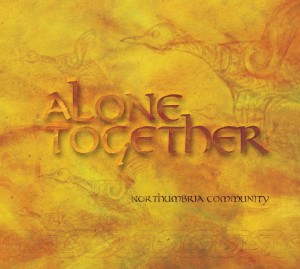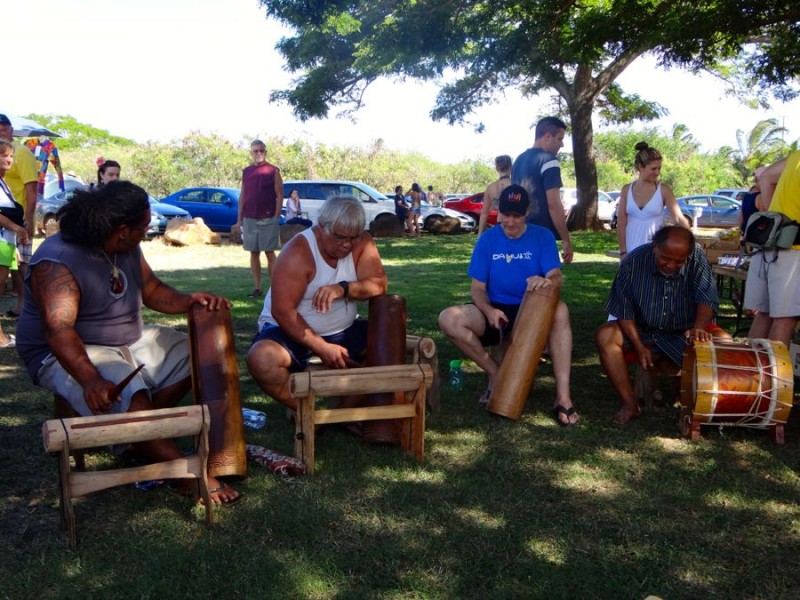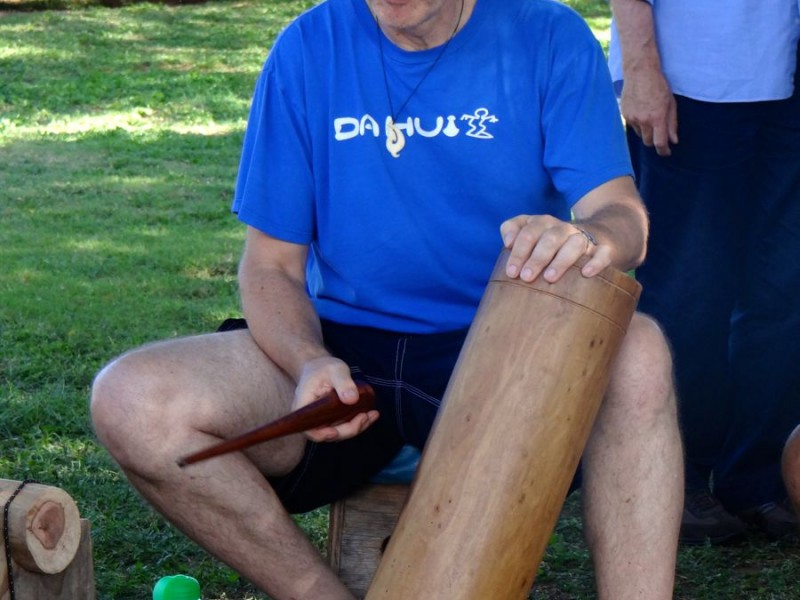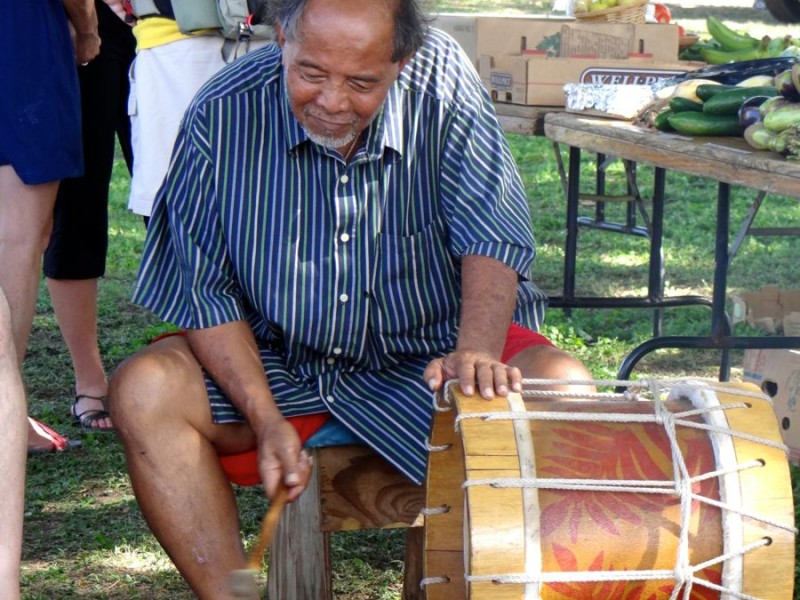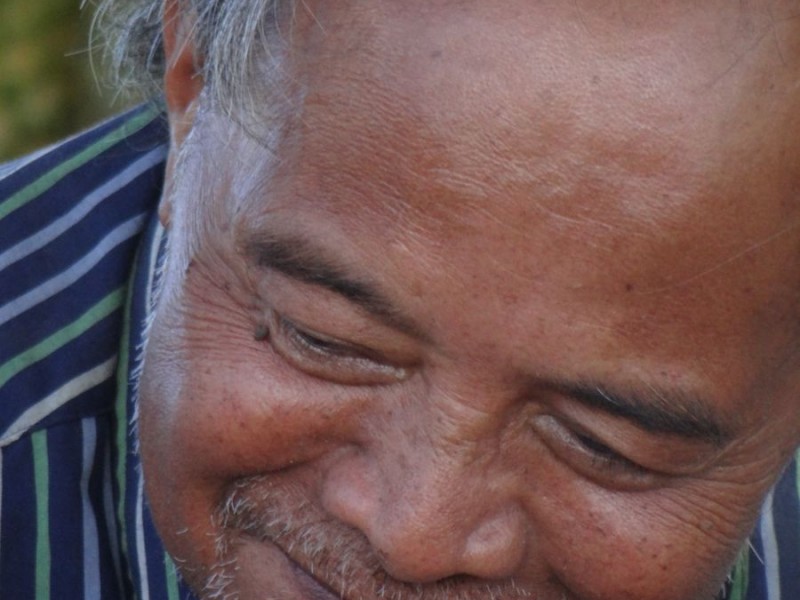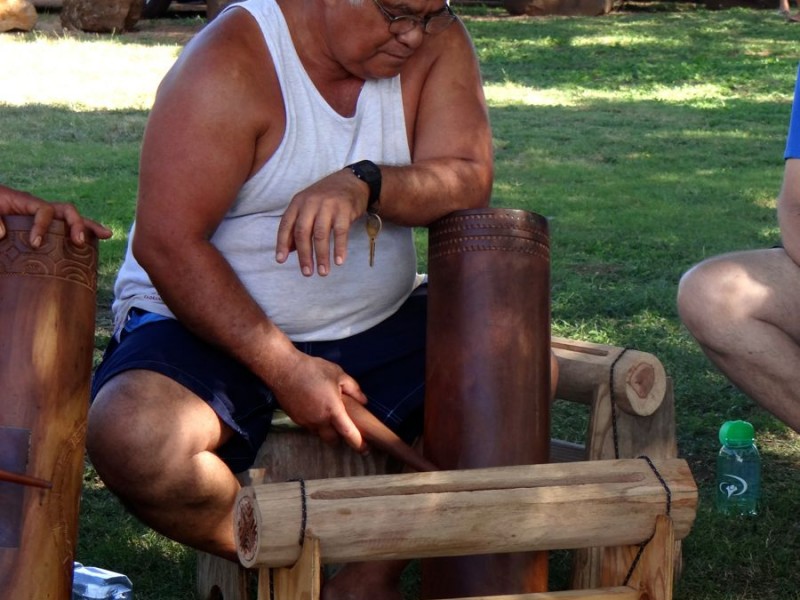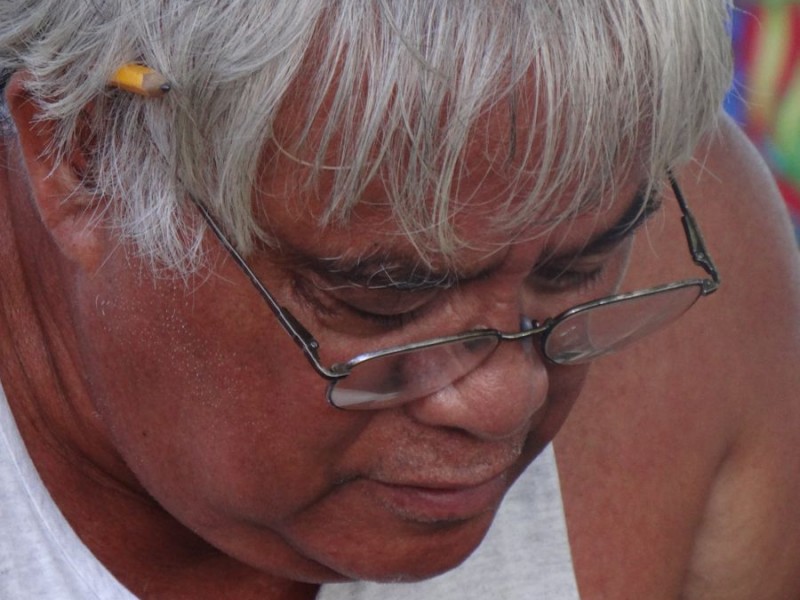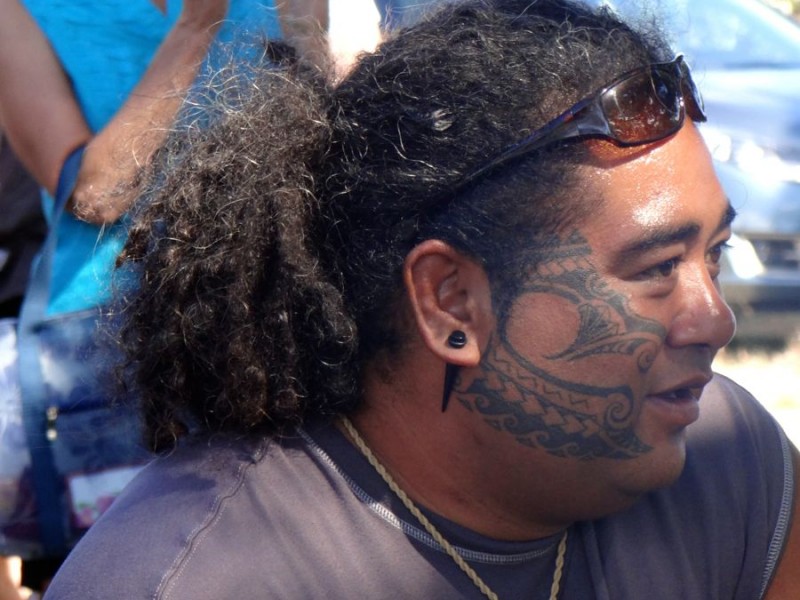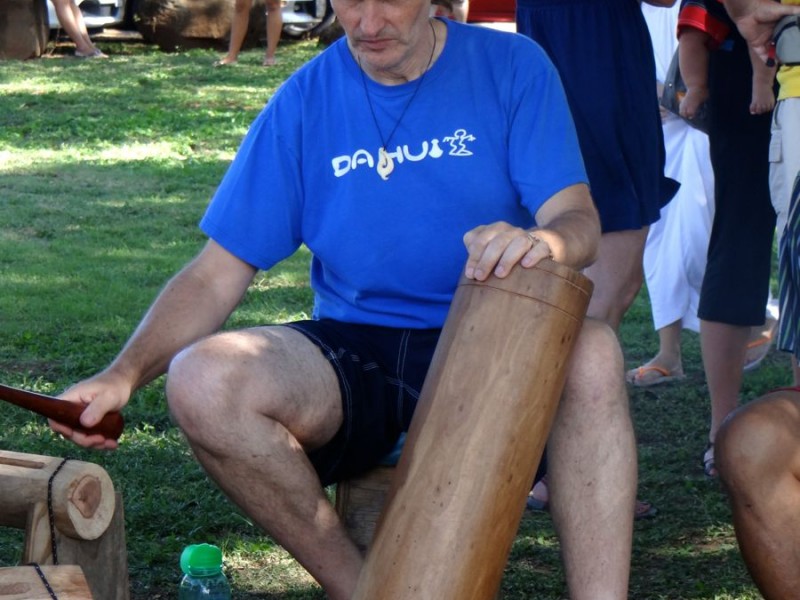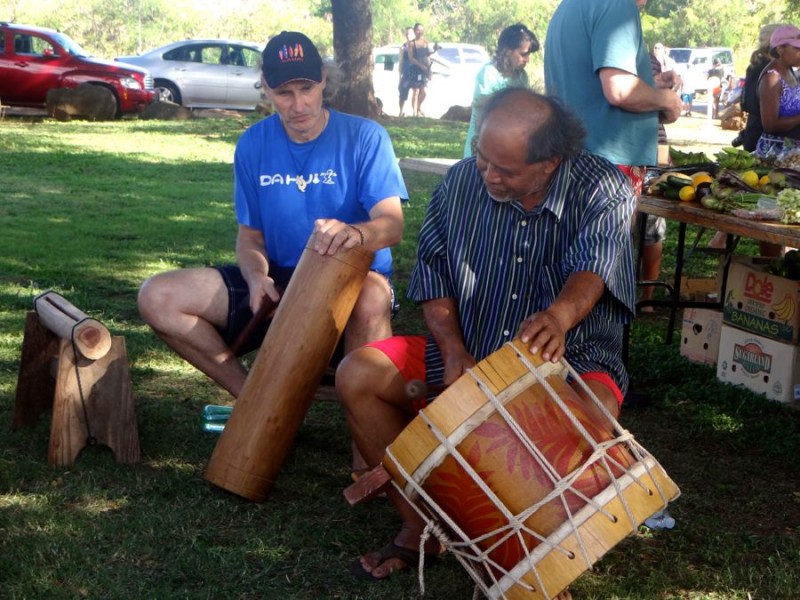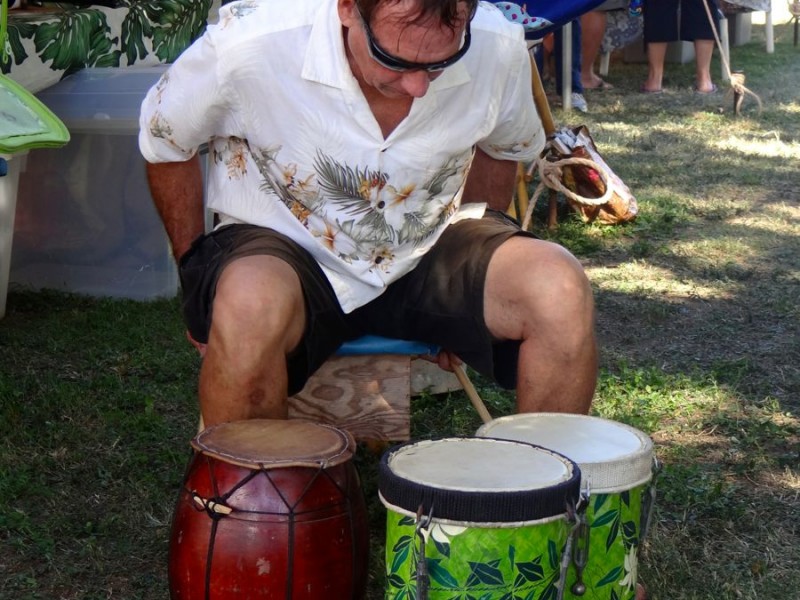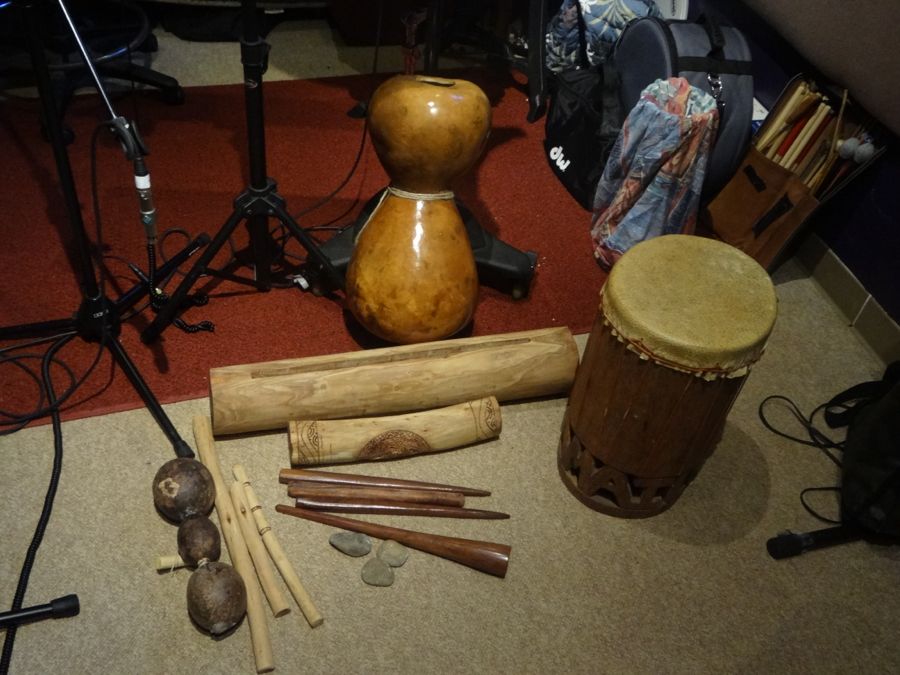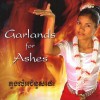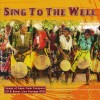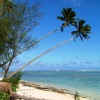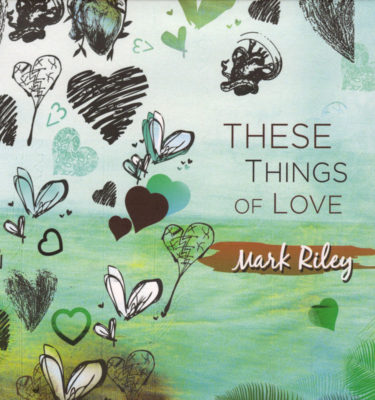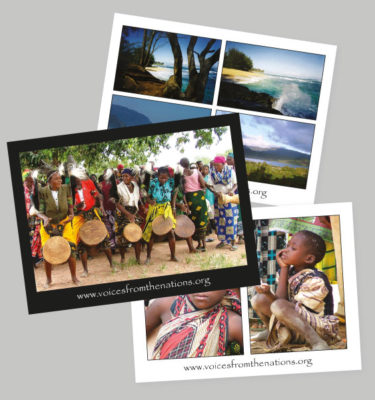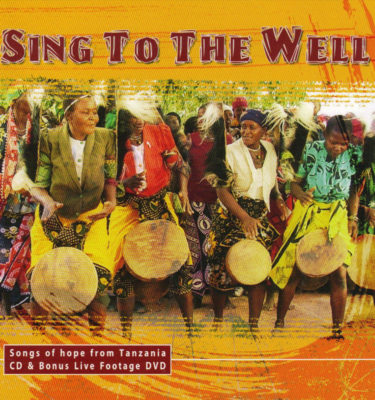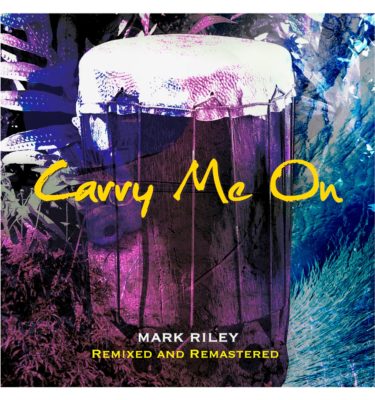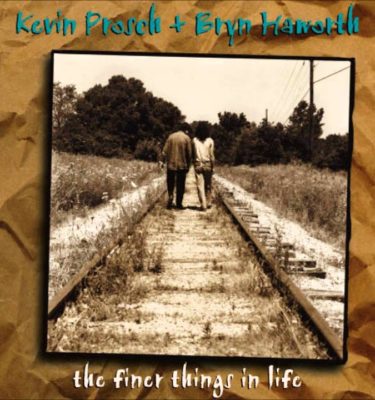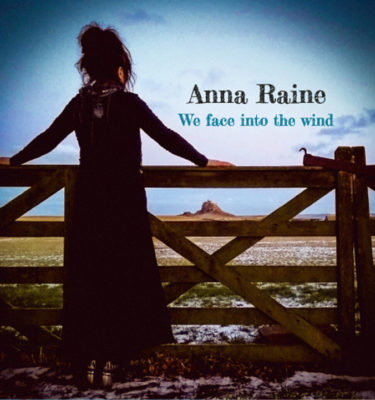I have been learning Tahitian drumming when ever I get a chance to come to Kaua’i – and this trip I was very honoured when my teacher, Tepairu Manea invited me to play at a small craft fair event with his band. I had so much fun. The instruments played are Tahitian log drums called Tuerre (pronounced Tuelle) and a type of bass drum known as a Pahu. Can you spot the haoli (white boy)?
A short clip from the Garlands for Ashes DVD. This is a very popular instrument amongst the Khmer people of Cambodia, a dulcimer type instrument called the Khim.. Originally it is thought to have been introduced to Thailand and Cambodia from China. I loved the sound and managed to find one, deep in the recesses of a market in Phnom Penh.
Just been reading an amazing account of survival from Cambodia. The book is called “When broken glass floats” after a Khmer proverb and is about the life story of Chanrithy Him whose family fled their home twice, becoming refugees, forced to live in a rural village and she ended up trekking through the “killing fields.”
Martin’s musical mystery tour – On my travels I get to hear incredible diverse music. So here is a monthly blog of some of the sounds and stories that have inspired me – a selection of various genres and styles from around the world . Last month’s selection was current popular Hawaiian island music – this month we look at some of the more traditional sounds.
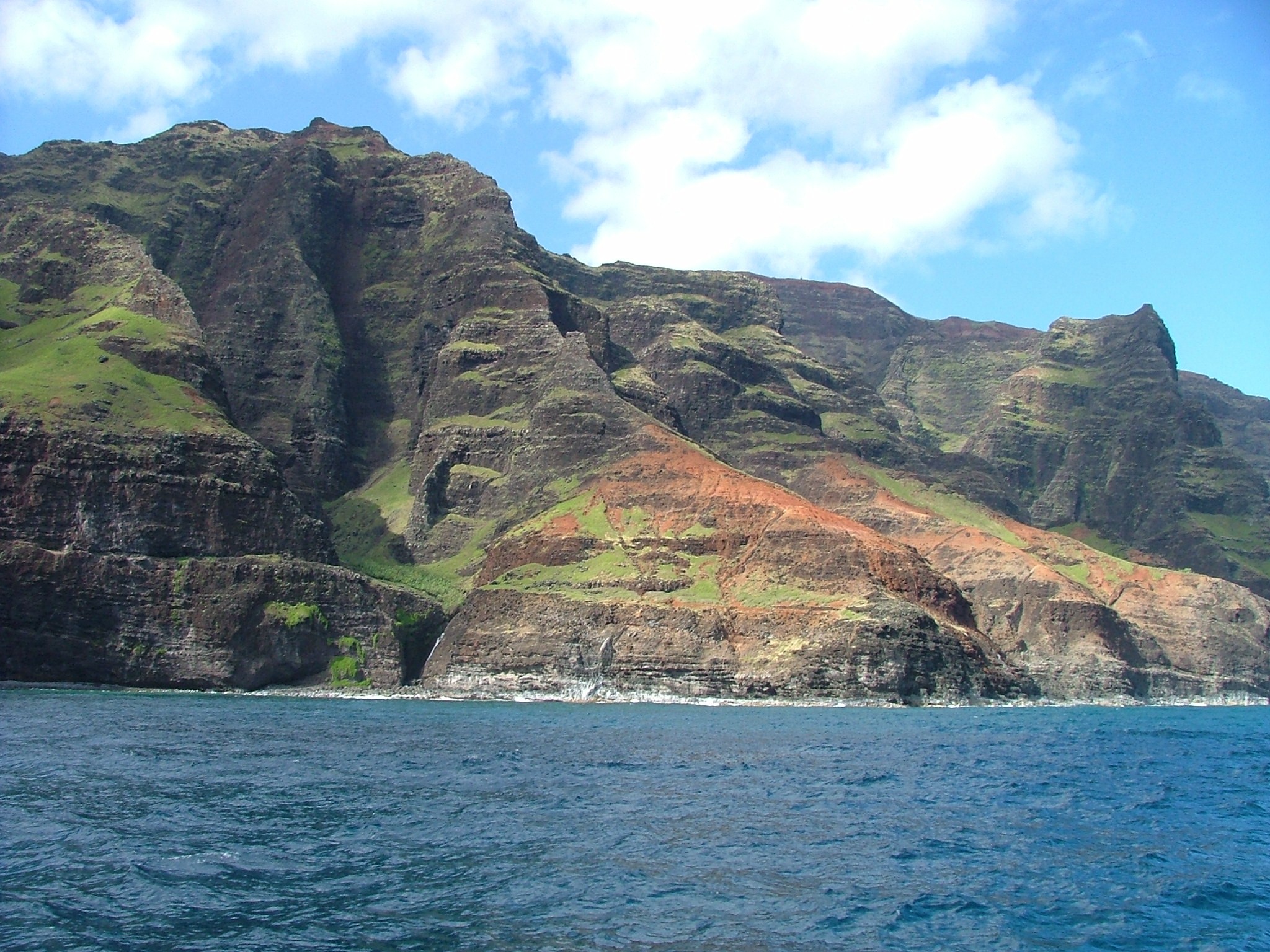 One of the best books of Hawaii’s history is Shoal of Time – A history of the Hawaiian Islands written by Gavan Daws. The research that Gavan has done is incredible and he manages not to get bogged down in dates and details by telling fascinating stories that capture the stories and events of the people that have influenced the history of these amazing islands.
One of the best books of Hawaii’s history is Shoal of Time – A history of the Hawaiian Islands written by Gavan Daws. The research that Gavan has done is incredible and he manages not to get bogged down in dates and details by telling fascinating stories that capture the stories and events of the people that have influenced the history of these amazing islands.
If you prefer novels, then try James A. Michener’s – Hawaii – a huge volume that paints an amazing picture of how the different people’s that have migrated to the islands have stamped their imprint upon the culture of the land.
On our trips to Cambodia we have met with and heard many stories of how musicians were persecuted during the Pol Pot dictatorship. Last night we watched a very moving documentary on a young flute players disturbing story of life during the Khmer Rouge take over and how he is now restoring traditional Khmer arts in Cambodia.
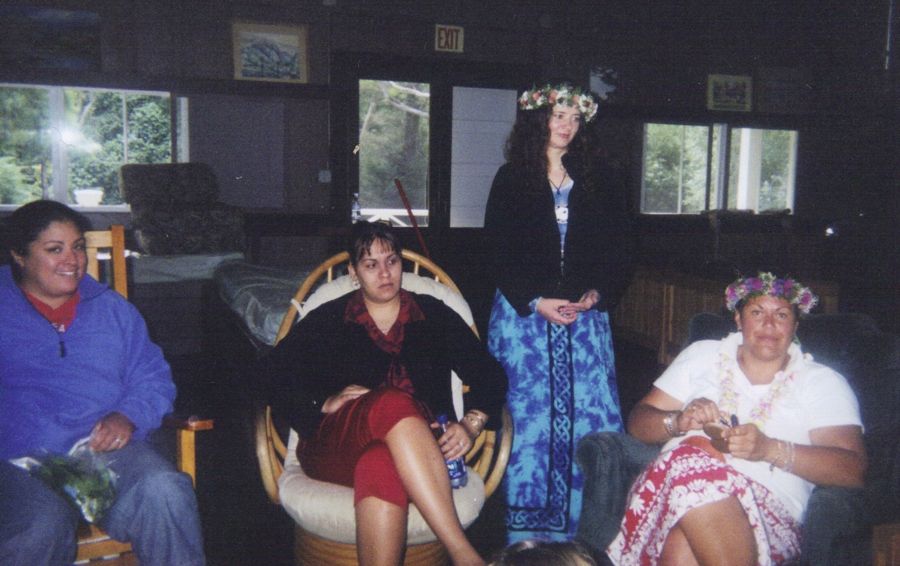
Found this Hawaiian phrase – ‘IKE ‘IA NO A LOEA I KE KUAHU which translates as “An expert is recognized by the altar he builds.” The meaning behind the phrase is that “it takes a lifetime to learn and that wisdom comes with experience and time.” It also suggests that you should “Ask your elders and those who have walked before you to provide advice. They’ve already lived.”
Here is a brief look at a couple of the indigenous percussive instruments we used on Mark Riley’s latest recording – the Ipu Heke and the ‘Ūlili.
Creativity has no rules! As we explore new ideas with Mark Riley here on Kaua’i – we find ourselves building songs from very different beginnings. For instance some ideas have been thought through on ukelele and voice and appropriate backing and context is to be found – others start with a rhythmic foundation, allowing spontaneous new melodic structure to evolve. Here are some of the traditional rhythmic instruments I have been using to create – Read More
We have been out working in Hawai’i again – we love the mix of people we get to meet on the islands – came across this story of a Tongan dancer who is preserving traditional Tongan dance and stories in New Zealand.
The Tro Ou (another instrument on the Garlands CD) is a two stringed bowed instrument with a long history of being played at weddings It is made out of a coconut and snake skin with 2 strings, the lower pitch string known as”Gor” is approximately a C (in Western notation) and the higher, “Ek” is a G. The bow is called a “Chak'” and is made of hard wood and horsehair or fiber from a tree.

